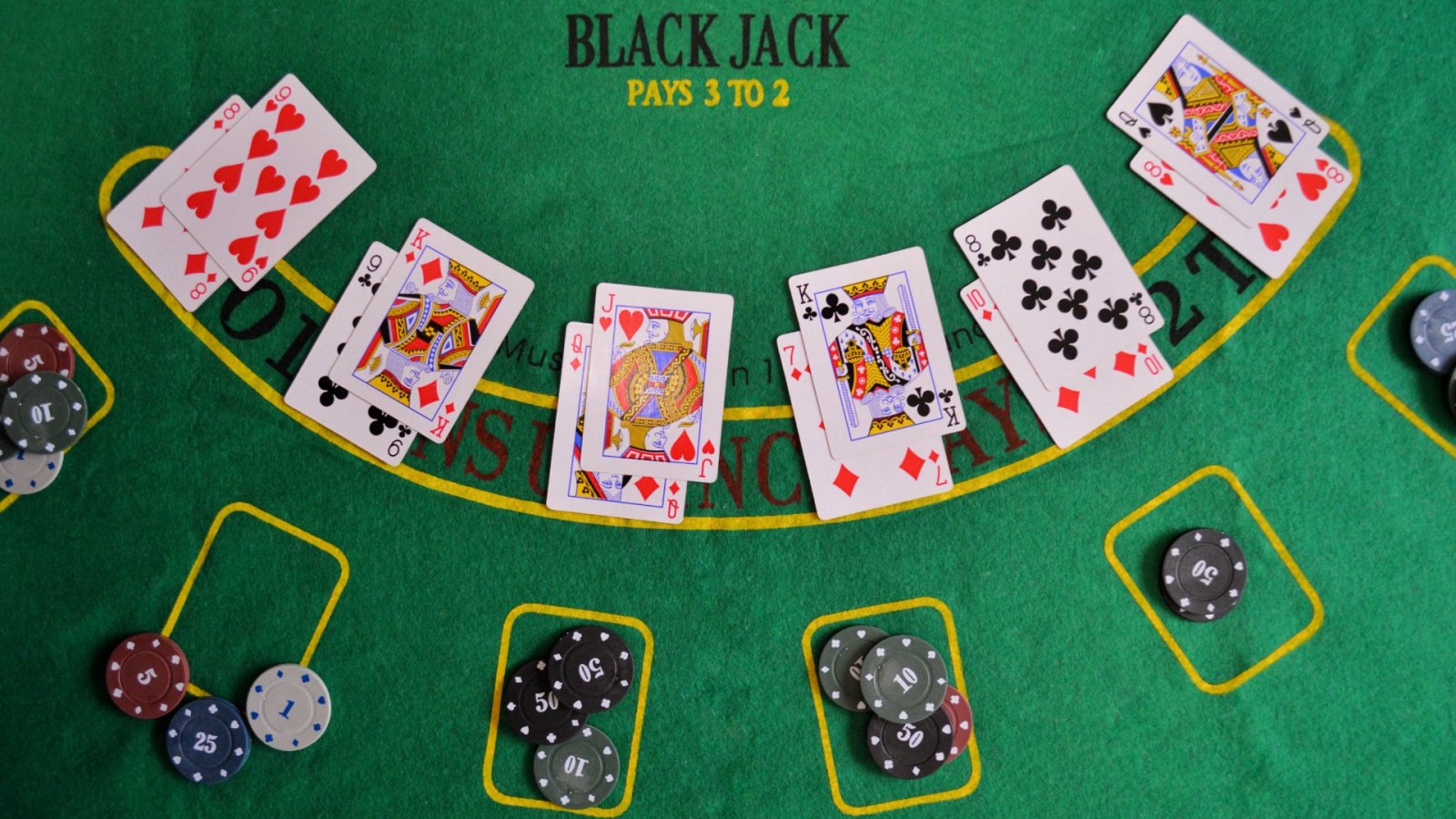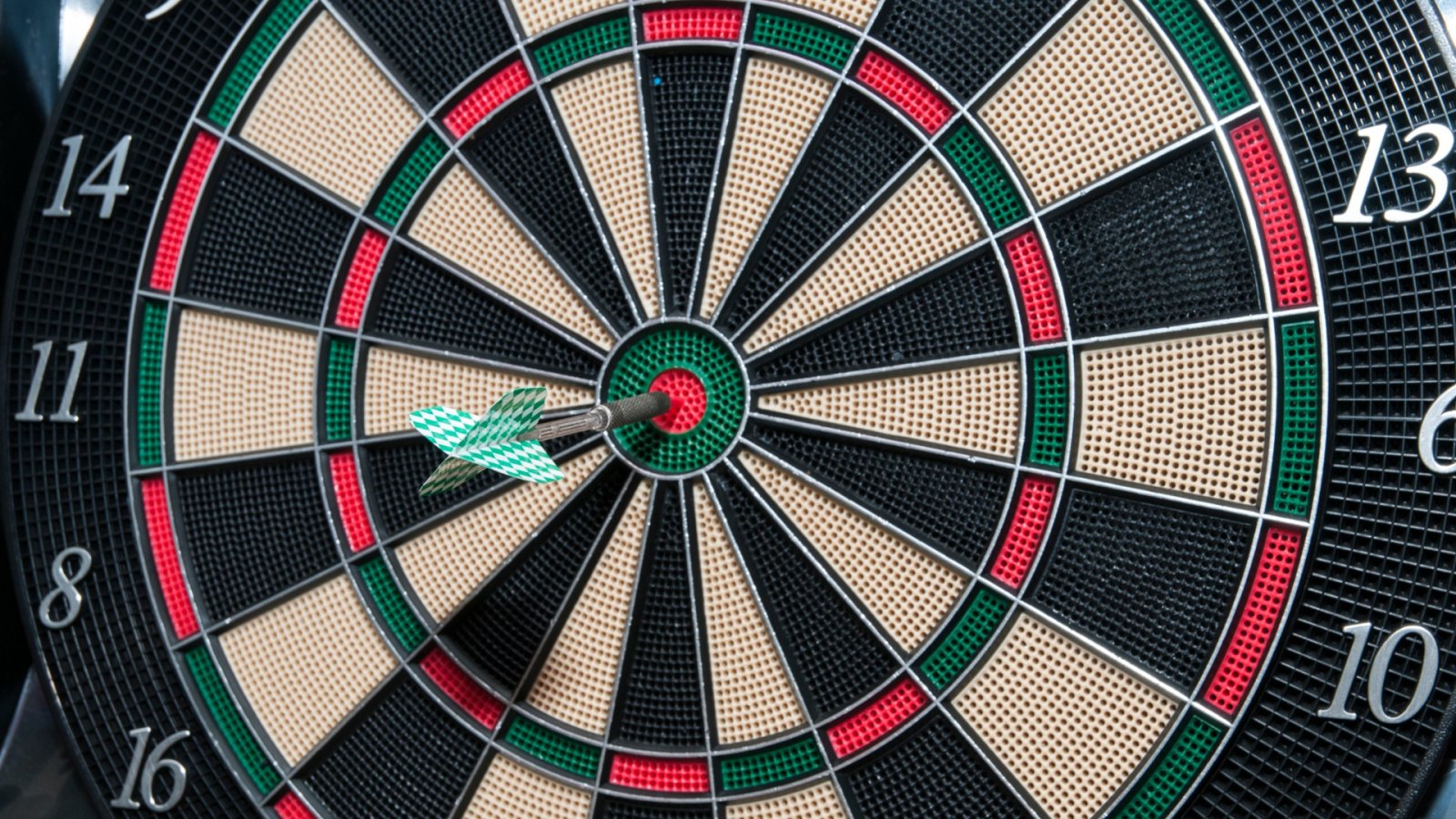Darts is experiencing widespread growth in popularity. As a reader interested in learning more about the game, you're part of what's fueling this upward trend. Here at IgnatGames, we not only sell quality darts equipment but also enjoy playing regularly ourselves. Our shared passion for darts is why we're dedicated to increasing our knowledge and helping others learn more about the sport.
Through our research, we've uncovered some fascinating insights into the history and culture of darts. We're excited to share 7 interesting facts below that shed new light on the game.
1. The materials used to construct early dartboards varied significantly from the sisal and bristle boards common today. Over a century ago when darts were first evolving as an organized pastime, some of the initial dartboards were improvised using tightly bound bundles of rope that created a target surface similar in shape, if not material, to the standardized boards now in widespread use. Only after much informal experimentation did sisal and bristle emerge as the premier materials for modern dartboards.
2. The origins of darts trace back to the communal atmosphere of English pubs, where patrons passing the time with friends would casually throw objects at makeshift targets. As informal games evolved into serious competitions between skilled athletes, an organized infrastructure began developing in the early 20th century. Leagues formalized the rules and structure of play, taking darts from a casual diversion to a bonafide sporting pastime. Today darts remain as one of humanity's earliest examples of coordinated gaming, with roots stretching back well before the modern conception of professional athletics began to take shape. Its history of communal social engagement evolving innovative competitive formats solidified darts as a time-honored tradition.
3. While competitive darts enjoy governance through regulatory bodies like the World Darts Federation today, formal oversight and administration of the game has a rich history spanning nearly a century. One of the earliest examples was the founding of the National Darts Association in England in 1925. This inaugural regulatory group helped professionalize play by establishing standardized rules and organizational structures for high-level competitions. Nearly 100 years hence, the tradition of well-defined administration guiding darts as a serious sport continues globally. Modern federations like the WDF uphold the legacy of those pioneers who first recognized darts required dedicated coordinating bodies to cultivate possibilities for athletes and fans alike at an international scale.
4. While perhaps not a household name among casual fans, Brian Gamlin's contribution to darts cannot be overstated. This skilled English carpenter, through a stroke of innovative design, effectively codified the modern game. Gamlin was responsible for devising the ubiquitous numbered segment scoring system still utilized on dartboards worldwide. His revolutionary numbering concept allowed players to numerically benchmark and strategize their accuracy in throwing - a development that professionalized competition and elevated darts from a casual pastime.
5. Among those who have cemented their legacy in darts history is John Lowe, who achieved the hitherto unaccomplished feat of a perfect 9-dart finish. During the televised 1984 BDO World Matchplay Championship, Lowe etched his name in the record books by becoming the maiden player to complete a 501 checkout without requiring additional darts. His sequence saw Lowe land 6 consecutive trebles on the 20 segments followed by a treble on the 17, double on the 18 and finally wrapping up on another treble 18 - an unprecedented display of skill, precision, and mental fortitude under immense pressure.
6. While modern dart players enjoy an expansive array of flight options constructed from lightweight plastic today, the ancillary components that stabilize a dart's flight pattern evolved significantly from their original form. Before advanced materials, the feathers from turkey wings served as the first flights affixed to dart shafts. As these natural fletchings pre-dated the advent of plastics, early competitors likely trimmed and shaped turkey plumes to achieve consistent aerodynamic balance.
7. There has been ongoing discussion around whether darts merits classification as a true sport or is better categorized as an informal pastime. Skeptics point to its roots in casual pub play that required no extensive training or physical prowess. However, with the rise of governing bodies like the WDF that organize high-level competitions, and professional athletes who earn a living competing on the premier circuits, darts have increasingly demonstrated sports-level organization and seriousness of play. Its status was affirmed in 2005 when Sports England, the national agency responsible for recreation policy, formally recognized darts as a regulated sport.






